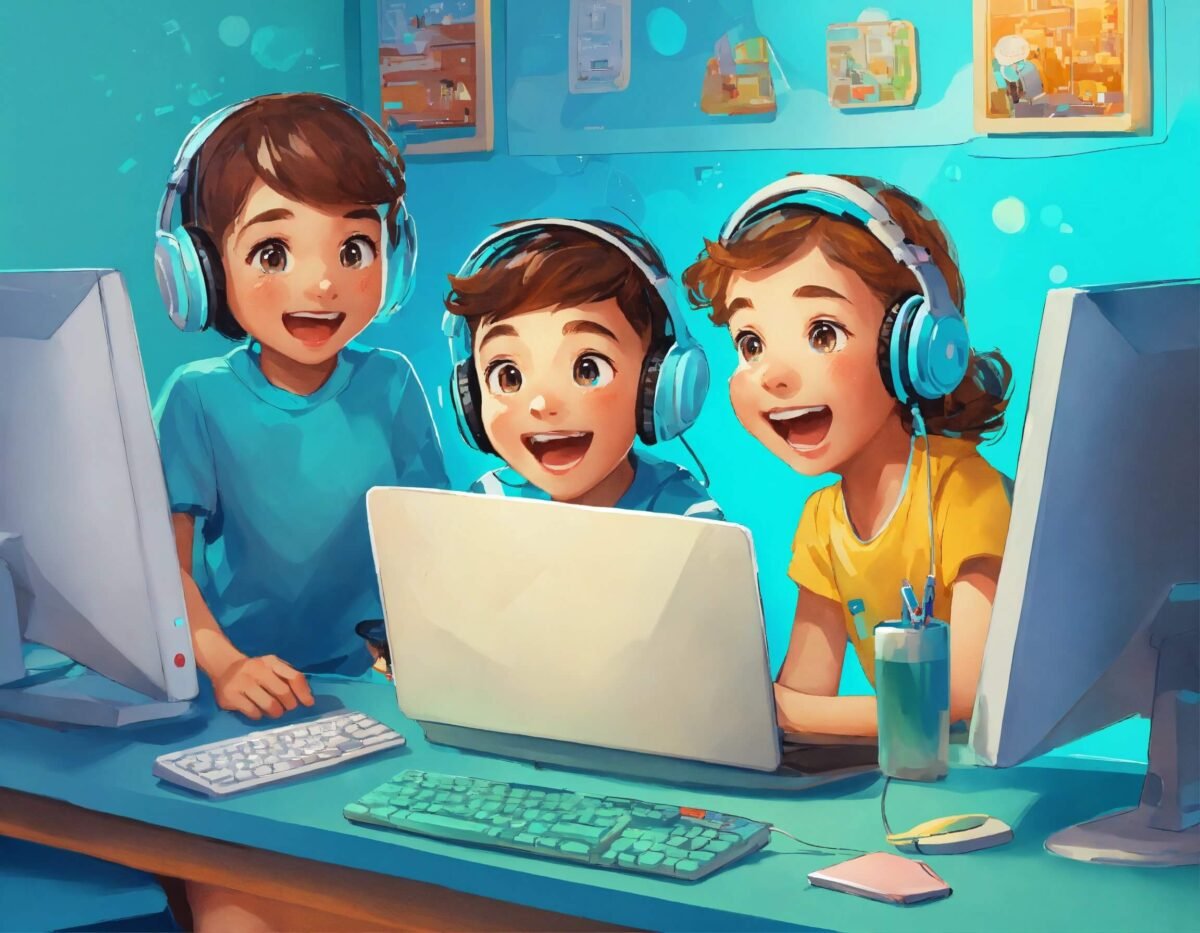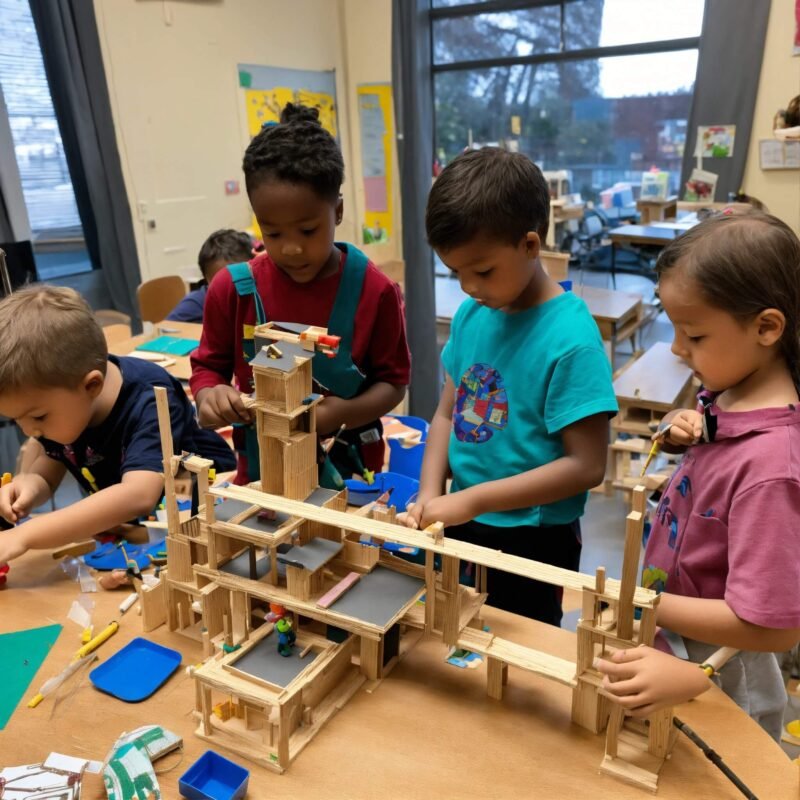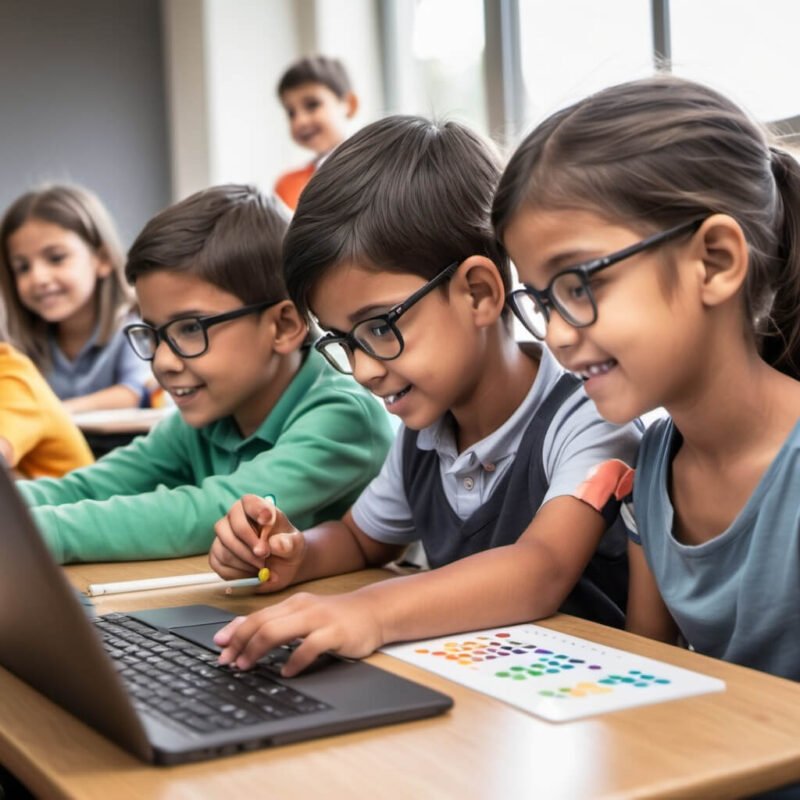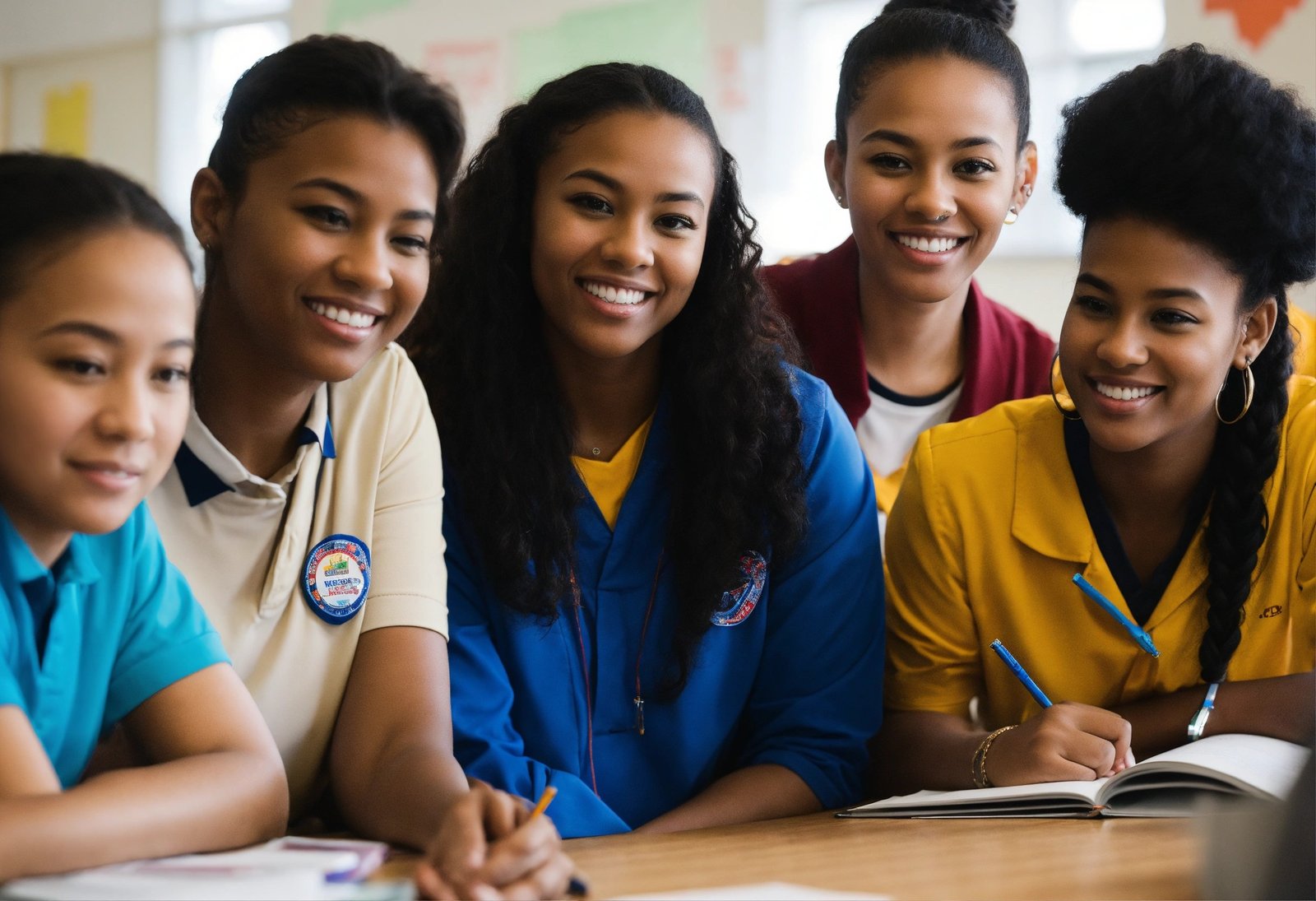The world of education is changing rapidly, and one of the most exciting developments in recent years is the rise of personalized learning tools. In 2024, technology has made it possible for students to learn in ways that cater to their individual needs, preferences, and learning styles. As someone who is passionate about education, I can confidently say that personalized learning is transforming how students engage with their lessons, making learning more effective, engaging, and accessible.
In this article, I will explore how personalized learning tools are revolutionizing education in 2024, how they work, and why they are important for students and educators. Whether you’re a teacher, student, or parent, understanding the benefits and features of these tools can help you take full advantage of their potential to enhance learning experiences.
What Are Personalized Learning Tools?
Personalized learning tools are technologies or educational platforms that allow for customized learning experiences tailored to the unique needs of individual students. These tools use data, assessments, and learning algorithms to adapt content, pacing, and teaching methods based on a student’s progress and preferences. Unlike traditional one-size-fits-all education methods, personalized learning puts the focus on the learner, allowing them to progress at their own pace and choose learning paths that work best for them.
Why Personalized Learning Tools Matter
In my opinion, one of the most exciting aspects of personalized learning tools is how they make learning more student-centered. Traditionally, teachers had to manage a classroom full of students with different learning styles, which often led to some students falling behind while others struggled to stay engaged. Now, with the help of technology, each student can receive the specific attention and resources they need to succeed. Personalized learning helps bridge the gap between different learning styles and abilities, ensuring that all students can reach their full potential.
Here are some key reasons why personalized learning tools are so important:
- Increased engagement: Students are more likely to stay motivated when they are learning in a way that suits their interests and pace.
- Improved learning outcomes: By focusing on individual needs, personalized tools can help students understand difficult concepts and make faster progress.
- Accessibility: These tools can be used by students with various learning abilities, helping to provide a more inclusive learning environment.
Types of Personalized Learning Tools
There are many types of personalized learning tools available in 2024, each offering different features and capabilities. In this section, I will break down some of the most popular types of tools that are shaping the future of education.
1. Adaptive Learning Platforms
Adaptive learning platforms are one of the most widely used personalized learning tools. These platforms use algorithms to adjust the difficulty level of lessons based on a student’s performance. If a student is struggling with a particular concept, the platform will offer additional practice or review materials to help them master the topic. On the other hand, if a student is progressing well, the platform will provide more challenging tasks to keep them engaged and learning at a higher level.
How Adaptive Learning Works
- Data-driven assessments: Adaptive learning platforms collect data on how students perform in real-time. This data helps the platform to adjust the content and pace of lessons.
- Personalized paths: Students follow a learning path that is unique to their strengths, weaknesses, and learning preferences.
- Immediate feedback: Adaptive platforms provide immediate feedback, helping students understand mistakes and make improvements without delay.
I’ve seen firsthand how adaptive learning platforms can boost student confidence. When students are given the right level of challenge, they are more likely to stay motivated and keep pushing forward in their studies.
2. AI-Powered Tutoring Systems
AI-powered tutoring systems have made a significant impact on education, especially in terms of offering personalized, one-on-one support. These tools can assist students in subjects ranging from math and science to languages and history. Powered by artificial intelligence, these tutoring systems use advanced algorithms to identify areas where students need improvement and offer targeted lessons to help them succeed.
Benefits of AI-Powered Tutoring
- 24/7 availability: AI tutoring systems are always available, allowing students to get help whenever they need it.
- Instant answers: Students can ask questions and get immediate responses, making it easier to learn without waiting for teacher availability.
- Custom feedback: The AI system gives personalized feedback on each student’s progress and suggests areas of focus.
From my own experience, having an AI tutor can be a game-changer for students who need extra help outside of school hours. They offer an easy way for students to get personalized assistance without the pressure of a classroom environment.
3. Learning Management Systems (LMS)
Learning Management Systems (LMS) are widely used in schools and universities to organize courses, track student progress, and provide resources. Many modern LMS platforms come with personalized learning features, such as content recommendations, goal-setting tools, and progress tracking. These features allow students to take control of their learning and move through the material at their own pace.
Features of Modern LMS Platforms
- Personalized dashboards: Students can track their own progress and set goals for improvement.
- Tailored content: Based on performance and interests, the LMS can recommend additional resources or activities.
- Collaborative learning: Some LMS platforms allow students to collaborate with peers, which fosters a sense of community and engagement.
I believe that LMS platforms are incredibly helpful in organizing learning materials and giving students an easy-to-follow structure while still allowing for flexibility. They combine the best of both worlds: a structured environment with personalized learning options.
4. Gamified Learning Tools
Gamification is a method of incorporating game-like elements into the learning process to increase engagement and motivation. Gamified learning tools often feature interactive activities, rewards, and challenges that encourage students to achieve learning goals. These tools are especially effective in keeping younger learners engaged and can be tailored to fit a student’s pace and progress.
Benefits of Gamified Learning
- Increased motivation: Rewards, points, and levels encourage students to complete tasks and reach learning milestones.
- Interactive learning: Gamified tools often include quizzes, puzzles, and challenges, which keep students actively engaged in their learning.
- Instant feedback: Students can receive immediate feedback through gamified activities, helping them learn from mistakes and improve their performance.
I’ve noticed that students are more excited to engage with learning when it feels like a game. Gamification not only makes learning fun but also motivates students to keep improving.
5. Digital Assessment Tools
Digital assessment tools are an important part of personalized learning, as they allow teachers to track students’ progress in real-time. These tools can include quizzes, tests, and performance tasks that help evaluate a student’s understanding of the material. By using these assessments, teachers can adjust their teaching methods to better meet the needs of each student.
Why Digital Assessments Are Important
- Real-time data: Teachers can quickly see where students are struggling and adjust instruction accordingly.
- Customizable: Digital assessments can be tailored to focus on specific skills or knowledge areas that need improvement.
- Immediate feedback: Students receive instant feedback, which helps them correct mistakes and improve faster.
From a personal standpoint, digital assessments provide teachers with an efficient way to monitor students’ progress while allowing students to receive timely and relevant feedback to guide their learning journey.
The Future of Personalized Learning Tools
As technology continues to advance, I believe the potential for personalized learning tools will only grow. In the future, these tools will become even more sophisticated, offering deeper insights into student behavior and learning patterns. The integration of machine learning and artificial intelligence will allow for even more dynamic, real-time adjustments to learning experiences, ensuring that each student is provided with the most effective and personalized instruction possible.
Key Trends to Watch in 2024 and Beyond
- Increased use of AI: AI will continue to shape the way students learn, offering even more personalized, responsive experiences.
- More collaboration features: The next generation of personalized learning tools will integrate more opportunities for peer collaboration and group learning.
- Greater accessibility: Personalized learning tools will become more accessible, ensuring that all students, regardless of their background or location, can benefit from them.
Conclusion
In 2024, personalized learning tools are revolutionizing the way students experience education. These tools make learning more engaging, efficient, and tailored to the unique needs of each student. Whether it’s through adaptive learning platforms, AI-powered tutors, or gamified learning experiences, technology is helping students learn at their own pace, in ways that suit their individual learning styles.
From my own experience and observations, I can confidently say that personalized learning tools are transforming education for the better. They offer students the opportunity to take charge of their learning, receive immediate feedback, and progress at their own pace. As we move into the future, I am excited to see how these tools continue to evolve, providing even more personalized, engaging, and accessible learning experiences for students around the world.
FAQs
1. What are personalized learning tools?
Personalized learning tools are digital platforms and apps that tailor educational content and experiences to fit the individual needs, pace, and preferences of each student.
2. How do personalized learning tools help students?
These tools provide adaptive learning paths, real-time feedback, and a customized learning experience, helping students progress at their own pace and engage more deeply with the content.
3. Can personalized learning tools be used in the classroom?
Yes! Personalized learning tools can complement traditional teaching methods, creating a blended learning environment where technology supports classroom instruction.
4. What are some examples of popular personalized learning tools?
Some popular tools include DreamBox, Khan Academy, Smart Sparrow, and Squirrel AI. These platforms offer tailored learning experiences for subjects like math, language arts, and more.
5. Are personalized learning tools safe for children?
Yes, but it’s crucial to choose tools that comply with privacy regulations like FERPA and GDPR to ensure that student data is protected.





